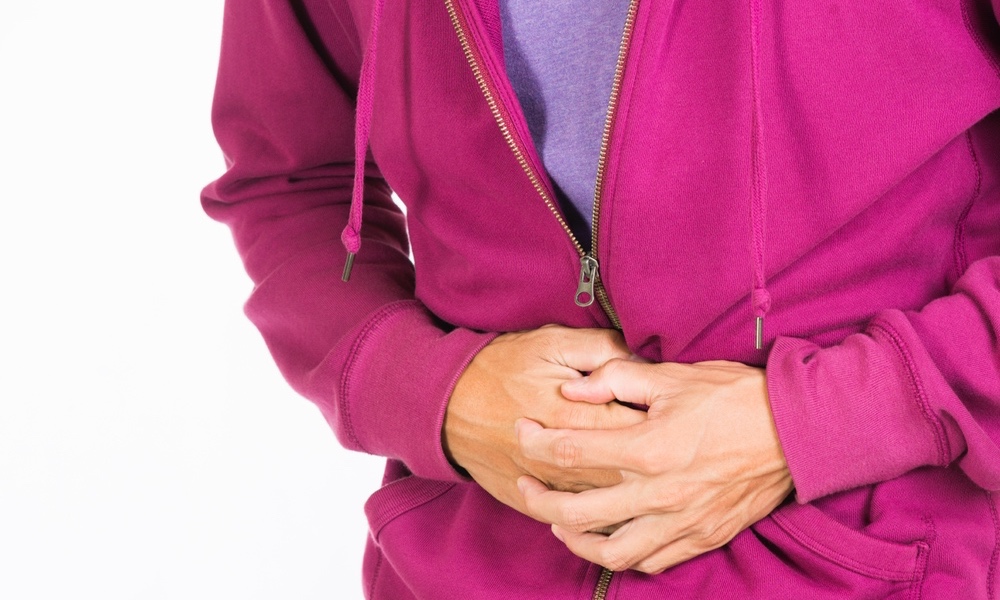Few diseases are more common and, at the same time, more mysterious, than Travelers' Diarrhea, or TD. Because it can be difficult to pinpoint exactly where and how a person contracted TD, and because the disease is encountered while in a foreign country, it is cumbersome and even impractical to identify an exact cause.
The usual scenario involves someone traveling south from North America or Western Europe to countries closer to the equator, such as Mexico, Central America, Morocco, Jamaica, Thailand, Micronesia, Nepal or the Philippines. Your likelihood of becoming sick varies somewhat with the year and season but, on average, about one in four people who visit these regions will develop Travelers' Diarrhea.
The Symptoms
It starts with painful abdominal cramping. Next comes frequent watery stools, followed in many cases by nausea, vomiting and, more rarely, fever. These symptoms typically last for two or three days, after which they gradually subside. Severe bouts of TD leave sufferers bedridden and incapacitated by thirst and exhaustion. Dehydration can be severe enough that intravenous fluid replacement may become necessary. Untreated, the aftermath of TD can be lengthy and extremely unpleasant.
What Causes TD?
This is not always an easy question to answer. The most common culprit is bacterial infection, usually from food or water that is contaminated with fecal organisms. Studies have shown that E. coli, a bacteria found in the intestinal tract of humans and animals, is responsible for between one-quarter and one-half the cases of TD in Jamaica and Mexico. Many other bacteria can also cause TD: Campylobacter species, which is passed to humans from pets and farm animals, and Vibrio cholera, often from contaminated shellfish, appears from time to time in many parts of the Third World. In addition, there are viral causes such as various types of Rotavirus, a significant cause of infant diarrhea around the world. The fungi, Cyclospora5 and Microsporidium, cause a protracted diarrheal illness, particularly among people with compromised immune systems (e.g., AIDS).
Treatment of TD
Because bacterial infection is the most likely cause of TD, an approach that was common in the past was to take an antibiotic drug such as trimethiprim-sulfamethoxazole (TMP-SMX) prophylactically, that is, before you went on a trip to a place where infection is likely. The down side, however, is that this meant unnecessary treatment for the 75% of travelers who would not come down with the disease. Another danger was the likelihood that the bacteria that cause TD would develop a resistance to antibiotics. This, in fact, has come to pass with TMP-SMX.
For these reasons, most doctors now recommend that travelers wait to take antibiotics until they see the first symptoms of the disease. Experience has shown that while not completely preventing TD, this does a good job of limiting the severity of an attack. Doctors also recommend taking loperamide (Immodium®), an anti-diarrhea drug, to control cramps and loose stools. With this approach, a case of TD can be limited to nothing more than a bout of mild discomfort.
In recent years, as more and more bacteria have developed resistance to TMP-SMX, quinolone antibiotics, especially ciprofloxacin, have become the TD drugs of choice. The combination of a quinolone antibiotic with loperamide normally reduces the length of TD symptoms from at least two days to a single day. For 95% of TD sufferers, taking these drugs results in a complete cure within three days....[M]ost doctors now recommend that travelers wait to take antibiotics until they see the first symptoms of the disease.
This statistic means little, though, for those TD cases caused by something other than bacteria. Antibiotics will not help with the minority of TD cases caused by viruses or fungi. And cholera presents its own problems, the worst being severe dehydration. Fortunately, a new oral V. cholera vaccine has been tested recently and found to be efficacious. In the near future, this vaccine may be given to special groups, such as military personnel traveling to high cholera-risk areas.
A Practical Approach for the Traveler
Ideally, it would be best simply to avoid drinking contaminated water or eating contaminated food, the two main causes of TD. In many parts of the world, however, this is impractical.
If you are traveling to a high-risk region, the first line of defense is antibiotic therapy. Once you feel the first symptoms, the sooner you get treatment, the more likely you are to escape with nothing worse than mild diarrhea or cramping. For this reason, it is a good idea before you leave to ask your doctor for a three-day supply (six 500 mg capsules) of ciprofloxacin or other quinolone antibiotic and 20 or so tablets of loperamide. For the overwhelming majority of TD cases, this will do the job.
There is one caution, however. If you do not respond quickly to this treatment, it is important to see a physician as soon as possible in order to find a cause and obtain the appropriate therapy. Besides the physician's examination, blood tests and bacterial culture, as well as ova and parasite examination of stools, may need to be performed.




